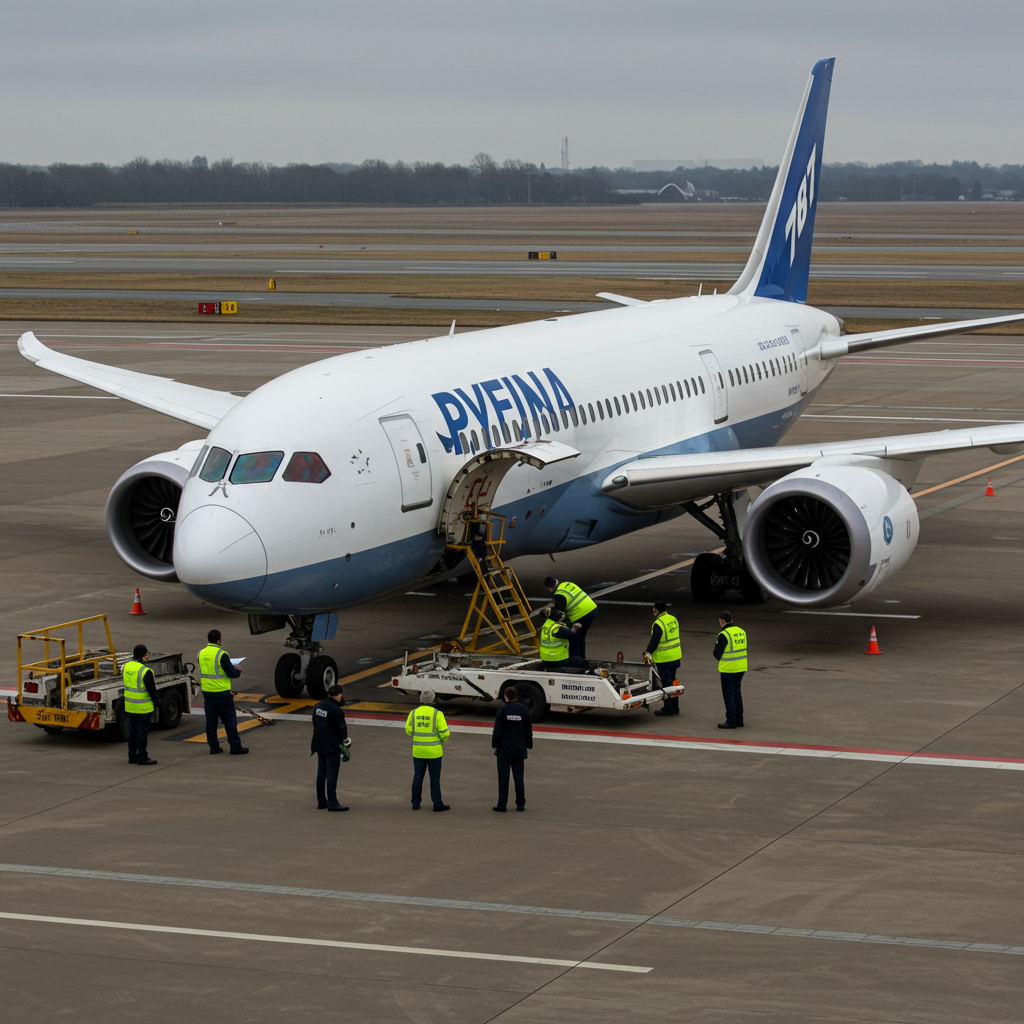A significant shift in U.S. trade policy with vietnam appears to be underway following an announcement from former President Donald Trump. On Wednesday, Trump stated that the United States had reached a new trade agreement with the Southeast Asian nation. This proposed deal reportedly includes a substantial 20% tariff on goods imported from Vietnam into the U.S. market. The announcement, made via Truth Social, outlines terms that could reshape economic ties between the two countries.
Beyond the 20% standard import duty, the reported agreement also targets goods rerouted through Vietnam. A striking 40% tariff rate is slated for products originating elsewhere but shipped through Vietnam before reaching the United States. This measure directly addresses the practice known as transshipping. Transshipping is a method sometimes used by countries to bypass existing trade barriers and tariffs by sending goods through an intermediate nation. Reports suggest China, a major global exporter, has previously utilized Vietnam as such a transit point to access the U.S. market.
Understanding the Announced Trade Terms
According to Trump’s statement, the proposed deal is designed to benefit the United States significantly. He claimed that Vietnam would “pay” the new 20% duty. However, it is important to note that tariffs are technically taxes levied on foreign goods. These taxes are typically paid by the importers of those products within the country imposing the tariff. Ultimately, these costs can potentially be passed along to domestic businesses, consumers, or suppliers within the United States.
In exchange for accepting these new tariffs on its exports, Vietnam would reportedly receive unprecedented access to U.S. markets. Trump’s post indicated that the United States would gain “TOTAL ACCESS” to Vietnam’s markets for trade, allowing U.S. products to be sold there at a ZERO tariff rate. This aspect represents a potential major opening for American businesses looking to export goods to Vietnam. Trump specifically mentioned large engine vehicles, like SUVs, as a product line he believes would perform well in the Vietnamese market.
The Role of Transshipping in the Deal
The focus on transshipping within the announced terms highlights concerns about circumvention. By imposing a punitive 40% tariff on goods simply passing through Vietnam, the agreement aims to close potential loopholes. This specific rate is double the proposed standard 20% tariff on direct Vietnamese imports. It underscores the intent to prevent third countries from using Vietnam as a backdoor to avoid U.S. trade restrictions. This provision is particularly relevant given past instances where other major exporting nations have been accused of using transshipment to avoid direct tariffs imposed by the U.S.
Context and Potential Economic Impact
News of the proposed deal emerged less than a week before a critical deadline. A 90-day pause on many of Trump’s previous “reciprocal tariffs” was set to expire. The expiration of this pause threatened to send U.S. duties on imports from numerous countries soaring back to higher rates. Under a previous protectionist trade framework implemented by Trump, Vietnamese imports faced a steep 46% blanket tariff. This rate was temporarily reduced to 10% during the recent 90-day interim period. The newly announced 20% rate, while lower than the initial 46%, represents an increase from the recent 10% rate.
Raising the tariff on Vietnamese goods from 10% back to 20% is expected to increase costs for U.S. importers. These higher costs could then be absorbed by the importers, passed on to American consumers through higher prices, or potentially shifted to suppliers in Vietnam. Despite these potential cost increases, the S&P 500 stock market index reportedly saw a slight rise following the news of the trade deal announcement.
Vietnam’s Economic Vulnerability
Vietnam’s economy is significantly tied to its export relationship with the United States. Exports to the U.S. reportedly accounted for approximately 30% of Vietnam’s gross domestic product (GDP) in the past year. This heavy reliance makes Vietnam particularly susceptible to the impact of U.S. tariffs or changes in trade policy. Sudden increases in duties can directly affect a large portion of their economic output and stability.
Critics of Trump’s approach to imposing tariffs have consistently warned about negative consequences. They argue that unpredictable tariff policies create significant economic uncertainty for businesses and consumers. These critics contend that the duties can lead to higher prices for American shoppers as import costs rise. The Trump administration and its supporters, however, have countered these arguments. They maintain that tariffs do not cause inflation and point to the billions of dollars in revenue generated by these duties for the U.S. government.
Exploring the Potential Effects on Consumer Prices
Analyzing the potential impact on the cost of goods provides a clearer picture. A pricing model developed for CNBC by retail consulting group AlixPartners illustrated this point. The analysis found that a 10% U.S. tariff on Vietnamese goods could cause the price of an imported men’s sweater to increase by roughly 8%. Had the earlier 46% tariff rate remained in effect, the same sweater’s price was projected to rise by approximately 35%, according to the group’s findings. While the new 20% rate is between these figures, it suggests a potential price impact greater than the recent 10% rate.
Federal Reserve Chairman Jerome Powell also commented on the potential timing of tariff impacts. In statements made the previous Tuesday, Powell indicated that Fed officials anticipated the effects of tariffs would become more apparent during the summer months. CNBC has previously reported that prices on certain categories of goods, including apparel and footwear, had already begun to tick upward as a result of existing tariff policies.
Some economic analysts have speculated on why a widespread, significant impact on U.S. consumer prices might not have been immediately visible up to that point. Potential factors include companies strategically stockpiling goods before new tariffs took effect. Additionally, there is often a time lag in the economy before changes in import costs fully translate into adjustments in retail prices for consumers.
Remaining Uncertainties and Lack of Official Confirmation
Despite the detailed announcement from Trump, crucial details about the alleged trade deal remain unclear. His post did not specify when the agreement would officially take effect. It also did not confirm whether the deal had been formally signed by representatives from both the United States and Vietnam. CNBC reportedly attempted to obtain confirmation regarding the specific tariff rates mentioned by Trump from White House aides. However, these aides provided no immediate confirmation of the president’s stated numbers, only indicating that more information would be made available later.
Trump had also hinted at the possibility of either ignoring or revising the approaching deadline for his reciprocal tariffs to revert to higher rates. The 90-day pause, which had temporarily lowered tariffs on most other countries to a standard 10% rate, was initiated in early April. Its stated purpose was to give countries an opportunity to negotiate revised trade frameworks with the U.S. administration. By the time of this announcement regarding Vietnam, the Trump administration had reportedly only finalized updated trade agreements with China and the United Kingdom among major trading partners, although they frequently stated they were nearing deals with numerous others.
Frequently Asked Questions
What were the key terms announced in the potential US-Vietnam trade deal?
According to the announcement from former President Donald Trump, the proposed deal involves a 20% tariff on most goods imported from Vietnam to the U.S. It also imposes a higher 40% tariff on goods transshipped through Vietnam from other countries to prevent trade barrier circumvention. In return, Vietnam would reportedly grant the United States “TOTAL ACCESS” to its markets, allowing U.S. goods to be sold there at zero tariffs.
How does the deal address goods transshipped through Vietnam?
The reported trade deal specifically targets goods originating outside of Vietnam but shipped through the country before reaching the U.S. market. A 40% tariff rate is proposed for these transshipped goods, which is double the standard rate for direct imports from Vietnam. This high rate is intended to deter countries from using Vietnam as a hub to avoid U.S. tariffs and trade restrictions, particularly relevant given past reports of China utilizing such practices.
How might these new tariffs impact costs for U.S. businesses and consumers?
Raising the tariff on Vietnamese imports from the recent 10% rate during the pause back up to 20% is likely to increase costs for U.S. importers. These businesses may choose to absorb the costs, pass them on to suppliers, or increase prices for American consumers. Previous analyses, like one by AlixPartners, suggested a 10% tariff could raise the price of items like a sweater by about 8%, indicating a potential price increase, though perhaps less significant than the earlier 46% rate.
Conclusion
The announcement regarding a potential trade deal between the United States and Vietnam, spearheaded by former President Trump, introduces new potential tariff rates and market access terms. While the proposed 20% tariff on Vietnamese imports and the 40% rate on transshipped goods aim to reshape trade flows and address circumvention, they also raise questions about potential economic impacts on U.S. importers and consumers. The deal’s effectiveness and final terms remain subject to confirmation, particularly regarding the official signing and implementation timeline, as details provided in the initial announcement lacked clarity and official verification at the time. The situation highlights the ongoing complexities and potential shifts in international trade relationships.



